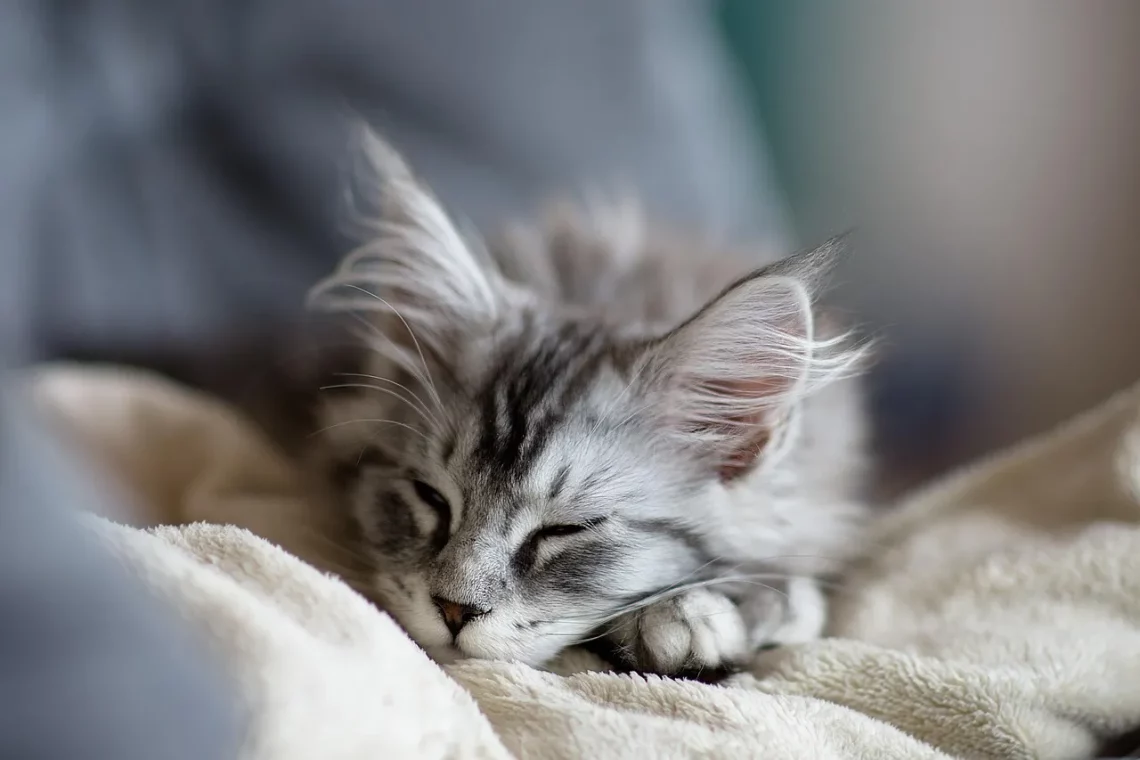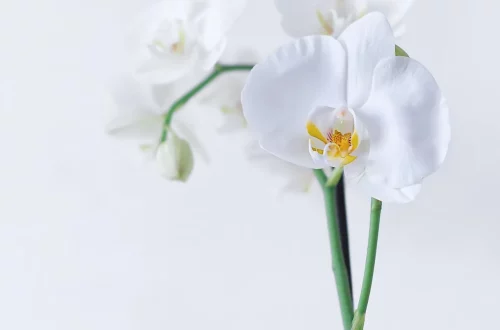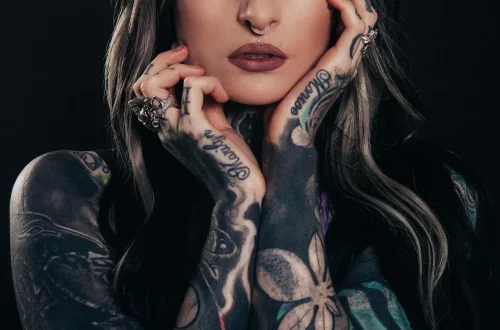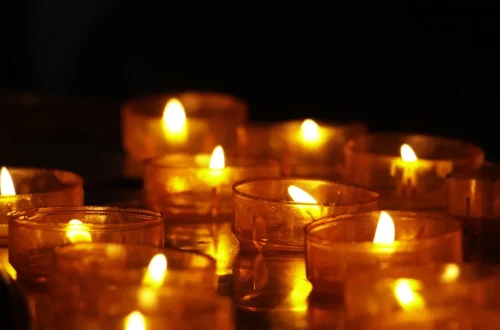
The Allure of Fur Chinchilla Coats: Luxury and Elegance Redefined
The world of luxury fashion is constantly evolving, yet some items remain timeless symbols of elegance and sophistication. Among these, fur chinchilla coats stand out as exquisite representations of opulence and craftsmanship. Known for their incredibly soft texture and striking visual appeal, chinchilla fur has captivated the hearts of fashion enthusiasts for generations. Each coat tells a story of artistry, tradition, and luxury that transcends mere clothing, embodying a lifestyle that many aspire to.
Chinchilla fur is derived from the chinchilla, a small rodent native to the Andes mountains in South America. The fur is prized not only for its luxurious feel but also for its unique coloration and warmth. The luxurious nature of chinchilla coats is a testament to the painstaking process involved in their creation, from sourcing the fur to the meticulous craftsmanship that goes into each garment. This article delves into the various facets of chinchilla coats, shedding light on their allure, their role in luxury fashion, and the ethical considerations that accompany their use.
The Unique Characteristics of Chinchilla Fur
Chinchilla fur is renowned for its unparalleled softness and density, making it one of the most coveted furs in the fashion industry. The structure of chinchilla fur features an exceptionally high number of hair follicles per square inch, resulting in an incredibly plush texture. This density provides not only warmth but also a lightweight feel, making chinchilla coats both comfortable and practical.
The color palette of chinchilla fur is another factor contributing to its allure. Typically, chinchilla fur ranges from soft gray to a stunning blue-gray, often with variations that create a mesmerizing appearance. The natural patterns and hues of chinchilla fur add depth and character, allowing each coat to be unique. This individuality appeals to fashion aficionados who value exclusivity in their wardrobe.
Beyond aesthetics, chinchilla fur is also remarkably durable. When properly cared for, a chinchilla coat can last for decades, making it a worthy investment. The longevity of the fur, combined with its classic appeal, ensures that it remains fashionable across various generations. Many owners of chinchilla coats cherish them as heirlooms, passed down through families as treasured pieces of history.
Moreover, the lightweight nature of chinchilla fur makes it suitable for various occasions. Whether worn for a formal event or a casual outing, a chinchilla coat can elevate any outfit. Its versatility is unmatched, allowing it to seamlessly transition from day to night, ensuring the wearer always looks sophisticated.
The Craftsmanship Behind Chinchilla Coats
The journey of a chinchilla coat from concept to creation is a meticulous process that reflects a high level of craftsmanship. Skilled artisans are essential in transforming raw fur into a wearable masterpiece. This process begins with the careful selection of high-quality chinchilla pelts, which requires expert knowledge and an eye for detail. Each pelt is evaluated for texture, color, and overall quality, ensuring that only the finest materials are used.
Once the pelts are selected, the fur undergoes a tanning process that preserves its softness while enhancing its natural beauty. This step is critical, as it impacts the overall look and feel of the final product. Artisans use traditional techniques, often passed down through generations, to maintain the integrity of the fur while ensuring it remains supple and luxurious.
The design phase is where creativity comes into play. Designers craft patterns that complement the fur’s natural characteristics, resulting in coats that are not only beautiful but also functional. Tailoring is an art in itself, with every stitch and seam carefully constructed to ensure a perfect fit. The attention to detail in this phase is paramount, as it determines how the coat will drape on the body and how comfortable it will feel when worn.
Additionally, artisans often incorporate unique features, such as intricate linings and embellishments, to enhance the coat’s overall appeal. These finishing touches not only elevate the luxury of the coat but also provide added functionality, such as pockets or adjustable elements for a customized fit.
Ultimately, the craftsmanship behind chinchilla coats is a testament to the dedication and skill of those involved in their creation. Each piece is a labor of love, resulting in a garment that embodies luxury, elegance, and timeless style.
The Role of Chinchilla Coats in Fashion History
Chinchilla coats have long been associated with high fashion and luxury, making appearances on runways and in exclusive boutiques worldwide. Their rich history is intertwined with the evolution of luxury fashion, reflecting societal shifts and changing perceptions of elegance.
Historically, fur has been a symbol of wealth and status, often worn by royalty and the elite. Chinchilla fur, due to its rarity and the labor-intensive process required for its production, quickly became a favorite among high-profile figures. Celebrities and fashion icons have donned chinchilla coats, further solidifying their place within the realm of luxury fashion.
The allure of chinchilla coats extends beyond their physical attributes; they represent a lifestyle of sophistication and elegance. Owning a chinchilla coat is often viewed as a rite of passage into the world of luxury, where quality and exclusivity reign supreme. This perception has helped maintain the coat’s status as a coveted item within fashion circles.
As fashion trends evolve, chinchilla coats have adapted to contemporary styles while retaining their classic appeal. Designers have incorporated modern silhouettes and innovative designs, ensuring that these coats remain relevant in the ever-changing landscape of fashion. The ability to blend tradition with modernity has allowed chinchilla coats to maintain their desirability among new generations of fashion lovers.
Furthermore, the discussion surrounding fur in fashion has gained momentum in recent years, prompting a reevaluation of its role in contemporary wardrobes. While some brands have moved away from using fur altogether, many continue to celebrate its beauty and craftsmanship, advocating for ethical sourcing practices and sustainable production methods.
Ethical Considerations in Chinchilla Fur Fashion
As the fashion industry faces increasing scrutiny regarding ethical sourcing and sustainability, the use of chinchilla fur has sparked important conversations. While chinchilla coats are undeniably luxurious, it is crucial to consider the ethical implications of their production.
The chinchilla, a species native to the Andes mountains, has been subjected to extensive fur farming practices. The environmental impact of such practices raises concerns about the welfare of the animals and the ecosystems they inhabit. Advocates for animal rights argue that fur farming can lead to inhumane conditions for chinchillas, emphasizing the importance of transparency in the supply chain.
In response to these concerns, many luxury brands have adopted more ethical practices. This includes sourcing fur from farms that prioritize the well-being of the animals and adhere to strict animal welfare regulations. Some brands even participate in conservation efforts to protect chinchilla populations in the wild, ensuring that their practices contribute positively to the species’ survival.
Consumers are increasingly becoming aware of these issues and are seeking brands that align with their values. This shift has prompted a demand for transparency, with customers wanting to know where their products come from and how they are made. Brands that prioritize ethical sourcing and sustainable practices can foster a loyal customer base that appreciates both luxury and responsibility.
Ultimately, the conversation surrounding chinchilla fur fashion is complex. While these coats symbolize luxury and elegance, it is essential to approach their use with an awareness of the broader implications. By supporting ethical practices, consumers can enjoy the beauty of chinchilla coats while contributing to a more sustainable future for the fashion industry.
In conclusion, chinchilla coats represent a unique blend of luxury, craftsmanship, and timeless appeal. Their exquisite characteristics and rich history have solidified their place in the world of high fashion. However, as the industry evolves, it is crucial to remain mindful of the ethical considerations surrounding their production. Embracing sustainability and responsible sourcing can ensure that the allure of chinchilla coats continues for generations to come.




